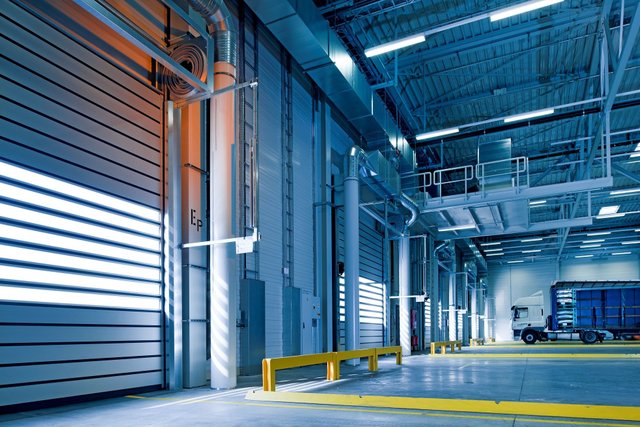Current Assets

Current assets are cash and others that are expected to be converted to cash or consumed either in a year or in the operating cycle (whichever is longer), without disturbing the normal operations of a business. These assets are continually turned over in the course of a business during normal business activity. There are 5 major items included into current assets:
Cash and cash equivalents – it is the most liquid asset, which includes currency, deposit accounts, and negotiable instruments (e.g., money orders, cheque, bank drafts).
Short-term investments – include securities bought and held for sale in the near future to generate income on short-term price differences (trading securities)
Receivables – usually reported as net of allowance for non-collectable accounts.
Inventory – trading these assets is a normal business of a company. The inventory value reported on the balance sheet is usually the historical cost or fair market value, whichever is lower. This is known as the "lower of cost or market" rule.
Prepaid expenses – these are expenses paid in cash and recorded as assets before they are used or consumed (common examples are insurance or office supplies). See also adjusting entries.Marketable securities: securities that can be converted into cash quickly at a reasonable price
The phrase net current assets (also called working capital) is often used and refers to the total of current assets less the total of current liabilities.
Thank you for contributing to the Steem Entrepreneurs Community.. It is recommended to immediately make an introduction through Achievement1 in the Newcomers Community..
Thank you for the good cooperation...
Downvoting a post can decrease pending rewards and make it less visible. Common reasons:
Submit